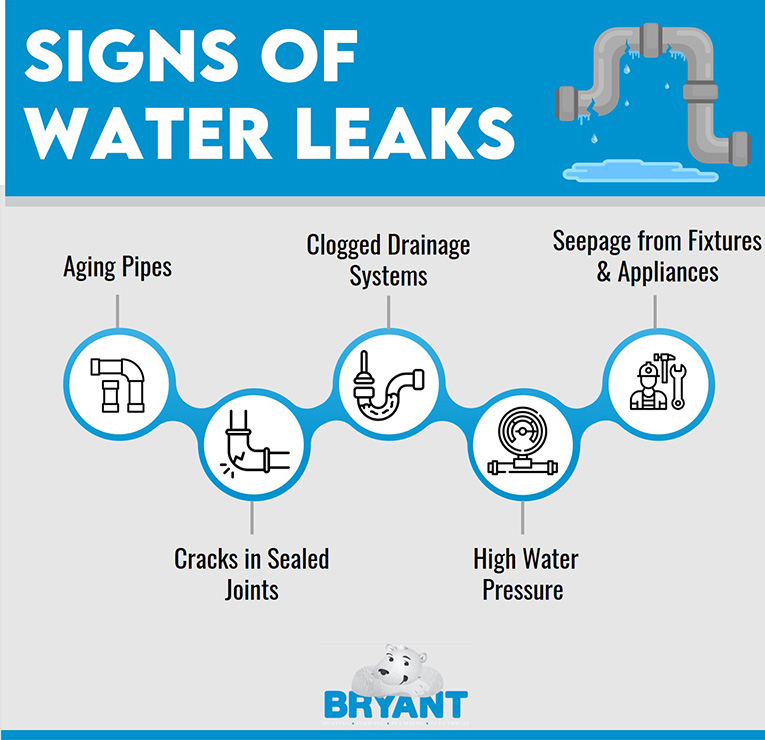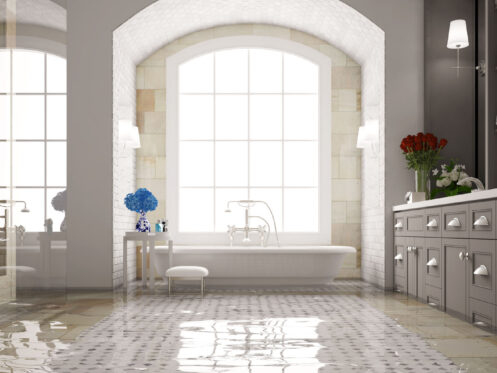Finding and fixing hidden water leaks is one of the easiest ways to make your home more comfortable. A hidden leak can quickly cause catastrophic damage to your home. Just imagine coming home to a flooded kitchen caused by a leaky refrigerator or dishwasher. Fortunately, there are several steps you can take to ensure you find all hidden leaks and address them correctly.
Main Causes of Hidden Water Leaks
A key part of finding hidden water leaks is knowing what usually causes them. For many homes, the main causes of hidden water leaks are the same.
Aging Pipes
Old pipes are a leading source of hidden water leaks. This is because the likelihood of corrosion and general wear and tear increases with the age of pipes. The pipes may acquire tiny holes or cracks over time, causing gradual leaks that might not be obvious at first. Rust and corrosion are more common in older houses’ plumbing systems because of the use of galvanized steel or iron.
Cracks in Sealed Joints
Cracks in sealed joints are another common cause of hidden water leaks. The main reasons that seals will develop cracks include poor installation, fluctuating temperatures, and excess pressure. Unfortunately, there may be no outward indications of harm as water slowly seeps out when these seals fail. In fact, the water may seep into materials like drywall and wood, hiding the leak for extended periods of time.
Clogged Drainage Systems
Any time a drain gets clogged, it can lead to water backing up, which can cause extreme pressure buildup. Over time, this pressure can eventually crack pipes, resulting in hidden leaks. When not addressed, these leaks may cause damage to basements and foundations. This is because the water will collect in those areas since it has nowhere else to go.

High Water Pressure
Pipelines and fixtures eventually succumb to the constant strain of high water pressure, resulting in leaks. This pressure may cause damage to your plumbing system whether it’s visible or hidden in walls or under floors. If not dealt with, the high pressure can make leaks worse or even start new ones.
Faulty Appliances or Fixtures
Subtle water seepage might occur when plumbing or home appliances aren’t working properly. This is a typical problem with older washers, dryers, and dishwashers. Leaks in hoses, seals, or connections may cause harm to nearby regions without anybody noticing until it’s too late. Also, poorly maintained fixtures like faucets, toilets, and showerheads may allow water to seep out. Even a small water leak from one of these sources can create a big mess.
Finding Hidden Water Leaks
Now that you know the main causes of hidden water leaks, it’s time to find the ones in your home. Hiring a professional is always highly suggested since most homeowners don’t have the knowledge, skills, or tools to find and fix all leaks.
Thermal Imaging
Thermal imaging is one of the most advanced methods for detecting hidden water leaks. To find signs of moisture, plumbers use infrared cameras to measure temperature differentials between your home’s walls and floors. Pros can swiftly and safely find the leak’s origin using this non-invasive technique, which eliminates the need to dismantle floors and walls.
Acoustic Leak Detections
The term “acoustic leak detection” refers to a method that involves listening for the sound of water pouring or flowing from pipes. No matter how subtle the sound of water flowing from a leak may be, an acoustic sensor will nevertheless pick it up. This technique works well for finding leaks in hard-to-reach places, such as beneath floors, behind walls, or even underground.
Pressure Testing
Another typical method for finding leaks in plumbing systems is pressure testing. To use this technique, an expert will first fill the pipes with water or air and then watch for a pressure decrease. A decrease in pressure suggests a potential leak in the system, which the plumber can then inspect and fix.
Dye Testing
An easy and reliable way to find plumbing leaks, particularly in drains and toilets, is to use dye testing. With this method, plumbers use a non-toxic dye that slowly makes its way through the water system. The colored water will show up where the system is leaking if it is. Even if a leak in a toilet, drain, or sewer line isn’t obvious, it may cause a lot of water damage over time, so this approach is great for finding such hidden leaks.
Moisture Meters
Professionals use portable moisture meters to gauge the relative humidity of building materials like wood, drywall, and concrete. This allows them to swiftly locate damp spots in walls, floors, or ceilings that may be signs of a concealed leak. This approach is paramount to finding the exact spot of a leak, gauging its severity, and choosing the appropriate solution.
Video Camera Inspections
The use of video cameras during plumbing inspections is becoming more common for the purpose of finding hidden leaks. A plumber will insert a tiny camera into a pipe, which provides a clear view of any damage or backups. Best of all, this lets the plumber see what’s happening within the pipes in real time, which can help them find leaks, corrosion, or obstructions. The camera plumbing inspection technique is great for checking the inside of pipelines in thick walls or underground.
Leak Detection Sensors
A more recent innovation in water supply monitoring is the use of leak-detecting sensors. These sensors are strategically positioned in various areas of the house, usually around water heaters, toilets, and sinks. If the moisture level in any of these areas changes, the sensors will notify the homeowner or plumber. The ability to identify leaks early and to take fast action makes these sensors invaluable for avoiding hidden leaks.
What to Do When You Suspect a Leak
The best thing you can do if you ever suspect a water leak in your home is to turn off the home’s main water supply and contact a plumber. Turning off the water supply helps prevent further water damage. If you know where the leak is coming from, you can let the plumber know when you make an appointment. If you don’t know where the leak is, the plumber can help you find it. The longer you go without addressing the leak, the more likely there is to be additional damage and other problems.
There are several ways that plumbers go about fixing hidden water leaks. Some plumbers may opt to replace the damaged pipes if they have extensive corrosion or cracking. Others may choose to repair the pipes at their joints or seals; this is typically the best solution when the leak stems from failed connections or worn-out seals. Another way to address hidden water leaks is to use epoxy or pipe lining to seal off smaller cracks; this helps mitigate the need to replace entire sections of pipe.
Bryant Heating, Cooling, Plumbing & Electric is here to answer any questions you may have about finding and fixing hidden water leaks. We also offer HVAC services, electrical panel replacements, surge protection, smart thermostats, and more. Call us today to schedule leak detection services for your home in Louisville, KY.



